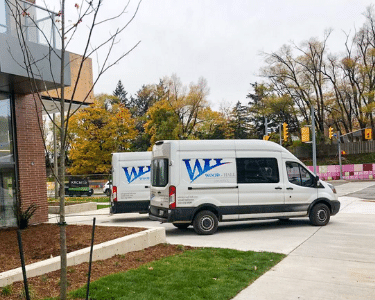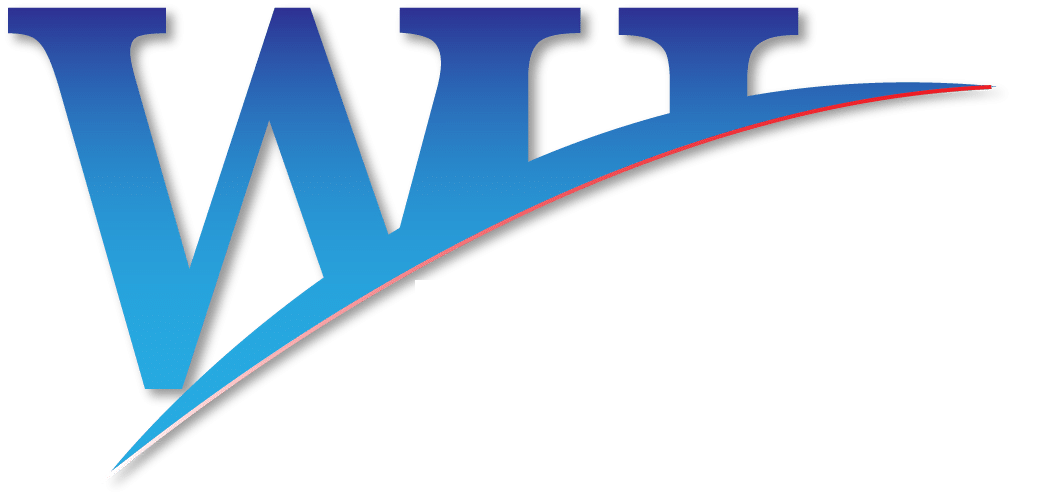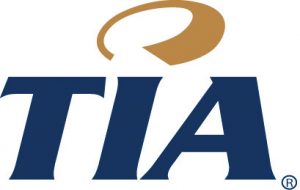Questions to ask when shipping freight
What Should You Know About Your Shipment?
When shipping freight, it is important to be in the know. Knowing your shipment and all the aspects surrounding it can help ensure a smooth shipping process. This blog will provide insight on the important questions that are good to ask before shipping freight.

#1: What are you Shipping?
The first step in successfully shipping freight is knowing what you are shipping, know the commodity. For businesses that focus on a select group of commodities, this is very easy. All of your shipments are likely going to be of the same goods, with similar weights and dimensions. For businesses that ship a wider array of goods, this can come with a bit more work. It is important to know the commodity that will be going on each skid as well as the weight and dimensions of each. If you are shipping larger freight that will be going on a flatbed, it is important to know the weight of each item and how many feet of a flatbed that you require.
#2: What do your Skids look like?
The next important thing to know is what your skids look like. This is applicable if you’re shipping freight on a skid. Skids make the shipping process a whole lot easier but not all skids are the same size. The shipper needs to communicate the number of skids, size of the skid, and any other information they know about the skid type. The transportation industry runs off of the assumption that a skid will be 48*40, height will vary but carriers will load their trucks using this measurement for skid spots. Communicating the correct size and weight of your shipment will allow the for the most accurate price for your shipment.
#3: Is your Shipment Hazardous?
Many shipments that move throughout the roads of North America every day consist of hazardous freight. These can be easily seen by the placards on the trailer. Placards are shown because that in the event of an accident, emergency responders will be aware of the goods on board the trailer in order of react correctly. Hazardous shipments are separated into difference classes and divisions in order to make it easier to identify. The list below outlines these:
- Class 1 — Explosives
- 1.1: Products with the potential to create a mass explosion
- 1.2: Products with the potential to create a projectile hazard
- 1.3: Products with the potential to create a fire or minor blast
- 1.4: Products with no significant risk of creating a blast
- 1.5: Products considered very insensitive that are used as blasting agents
- 1.6: Products considered extremely insensitive with no risk to create a mass explosion
- Class 2 — Gases
- 2.1: Flammable gases
- 2.2: Nonflammable gases
- 2.3: Poison gases
- 2.4: Corrosive gases
- Class 3 — Flammable and combustible liquids
- 2.1: Flammable gases
- 2.2: Nonflammable gases
- 2.3: Poison gases
- 2.4: Corrosive gases
- Class 4 — Flammable materials
- 4.1: Flammable solids
- 4.2: Spontaneously combustible
- 4.3: Materials that dangerous when wet
- Class 5 — Oxidizer and organic peroxide
- 5.1: Oxidizers
- 5.2: Organic peroxides
- Class 6 — Poisons
- 6.1: Poisonous materials
- 6.2: Etiologic (infectious) materials
- Class 7 — Radioactive
- Class 8 — Corrosive
- Class 9 — Miscellaneous
#4: Are there any Temperature Requirements?
The next thing to think about is whether there are any temperature requirements involved with your shipment, both warm and cold. A major industry that asks this question all the time is the food industry. Many shipments need to put in trailers known as reefer trailers. These are specialized trailers that can be set at a desired temperature to ensure that the commodity stays safe and undamaged throughout transit. The next component of temperature control comes on the other side of the thermometer. In Canada and many of the colder climate states, temperatures get below freezing which can impact the freight in the trailer. For many shipments, this is not an issue. They will arrive without issue as the commodity is not impacted by temperature. For other shipments, this is an issue. The commodity can not be in an environment that will be cold enough to freeze it. The solution to this was heated dry vans. Heated dry vans ensure that shipments will stay at an acceptable temperature through transit.
#5: What does the Delivery Site look like?
The next important question to answer before moving a shipment is what the delivery site looks like. It is important to be aware of the needs of your shipment once it gets to its destination. In the transportation industry, knowing your location is key to avoid any issues at the delivery. The freight broker will do there best to scope out the drop-off through things like google maps but its best to know the type of vehicle that can access the drop-off and any added services that may be needed to successfully deliver the freight. Examples of these would include:
- Does it need a liftgate?
- Will there be a dock?
- Will they need a pump truck?
- Is there any inside delivery necessary?
- Will you need an appointment?
- What are the shipping hours?
It is important to ask all of these questions before shipping to ensure that the delivery is smooth and not met with any surprises.
Conclusion
Shipping freight is simple with the right information. The more you know, the better. Passing on all of the vital information for your shipment will ensure that the most efficient option is chosen. Following these tips and answering the above questions can help make sure you have all the right information for your shipment.
We thank you for your time. We are always open to answering any questions. Reach out to us today through operations@wood-hall.com or give us a call at 519-213-1000!
-The Team at Wood-Hall Logistics

